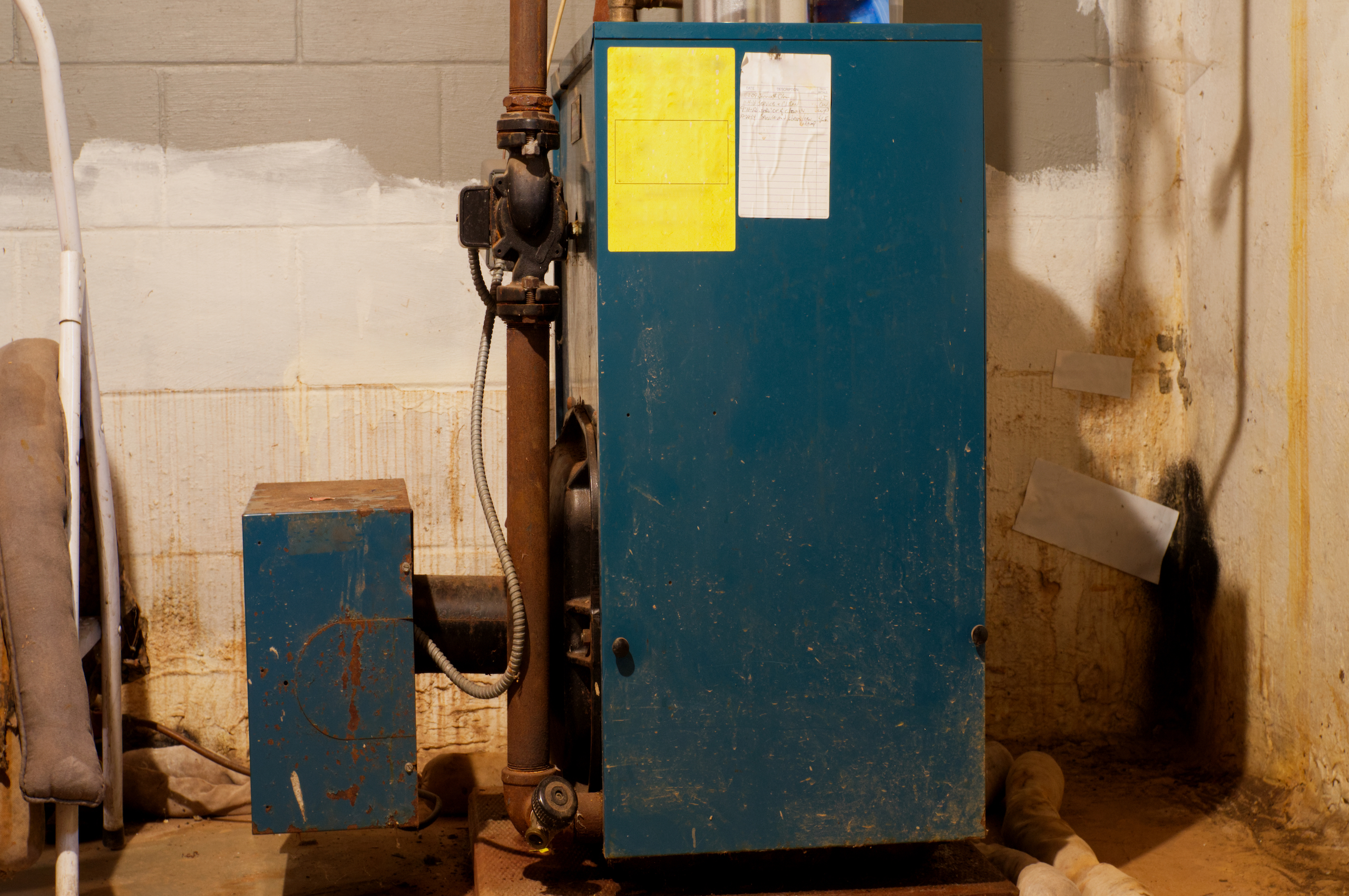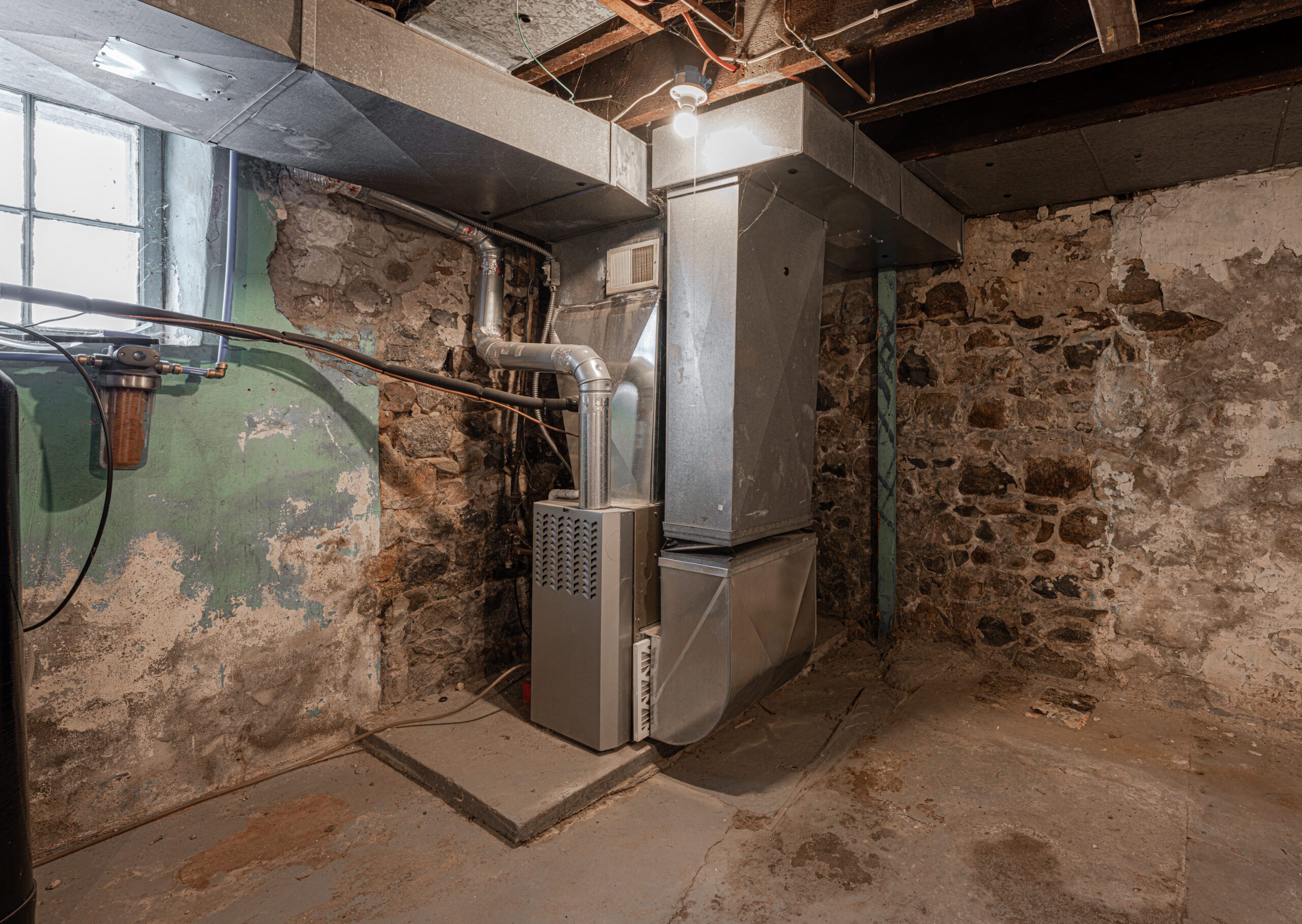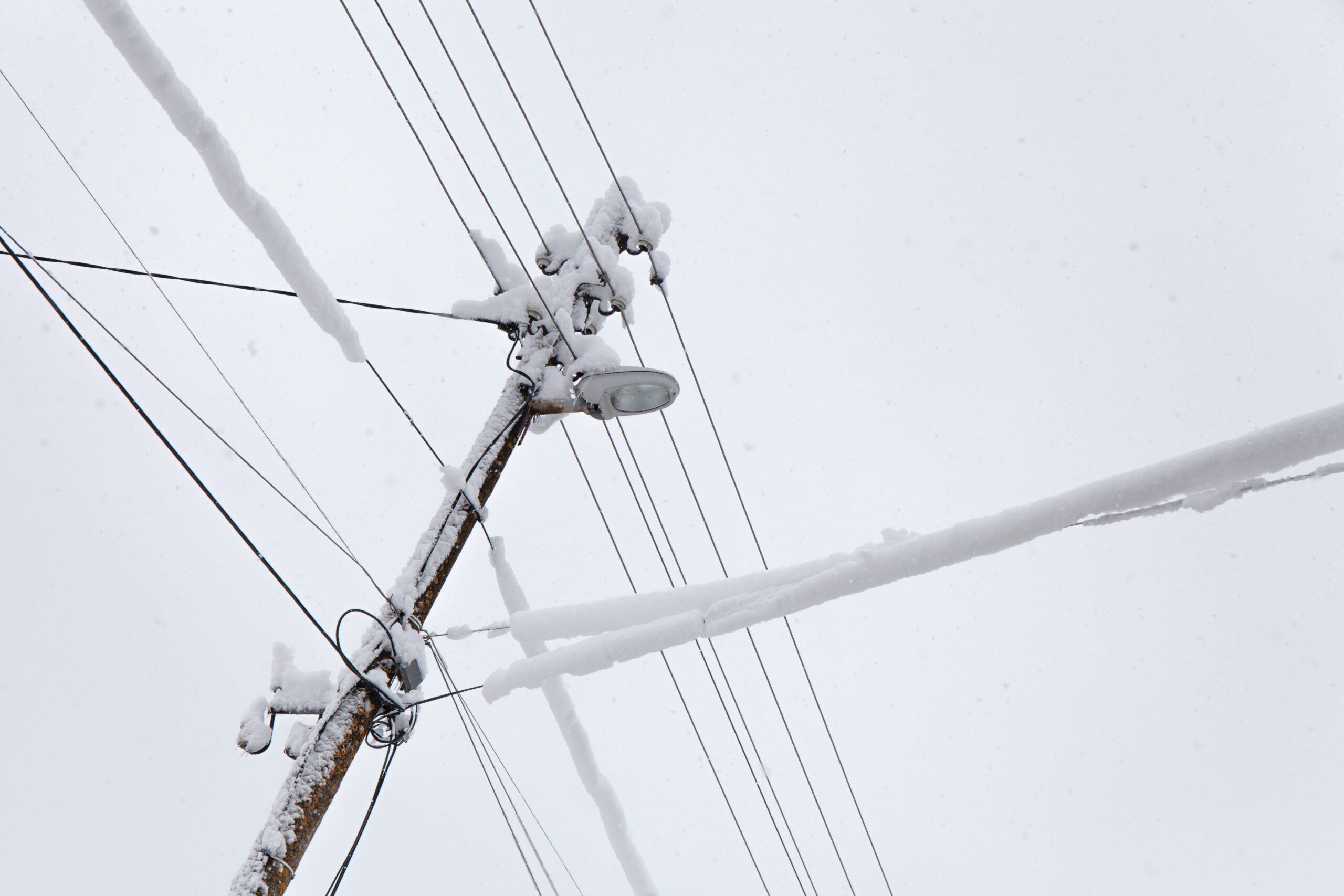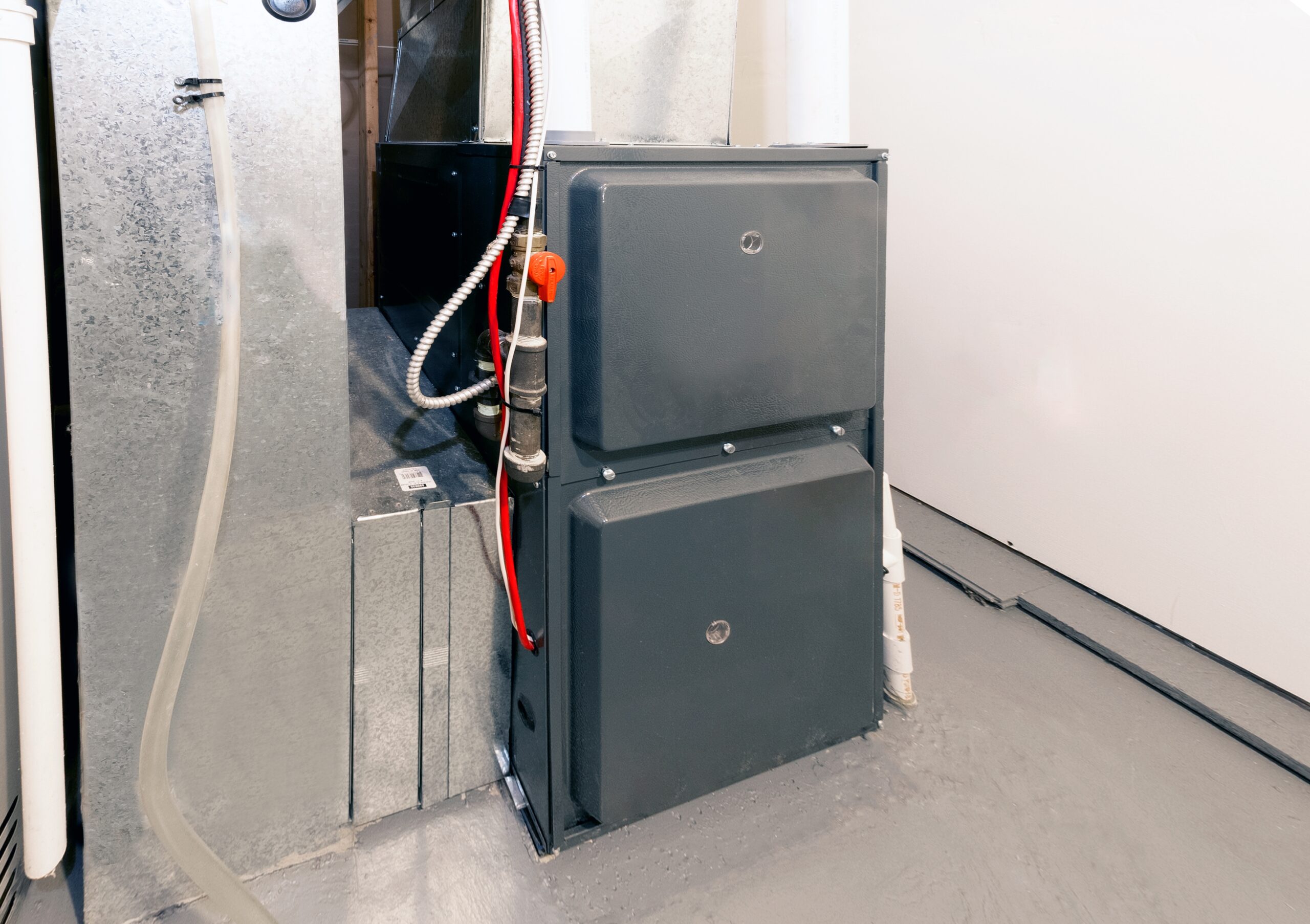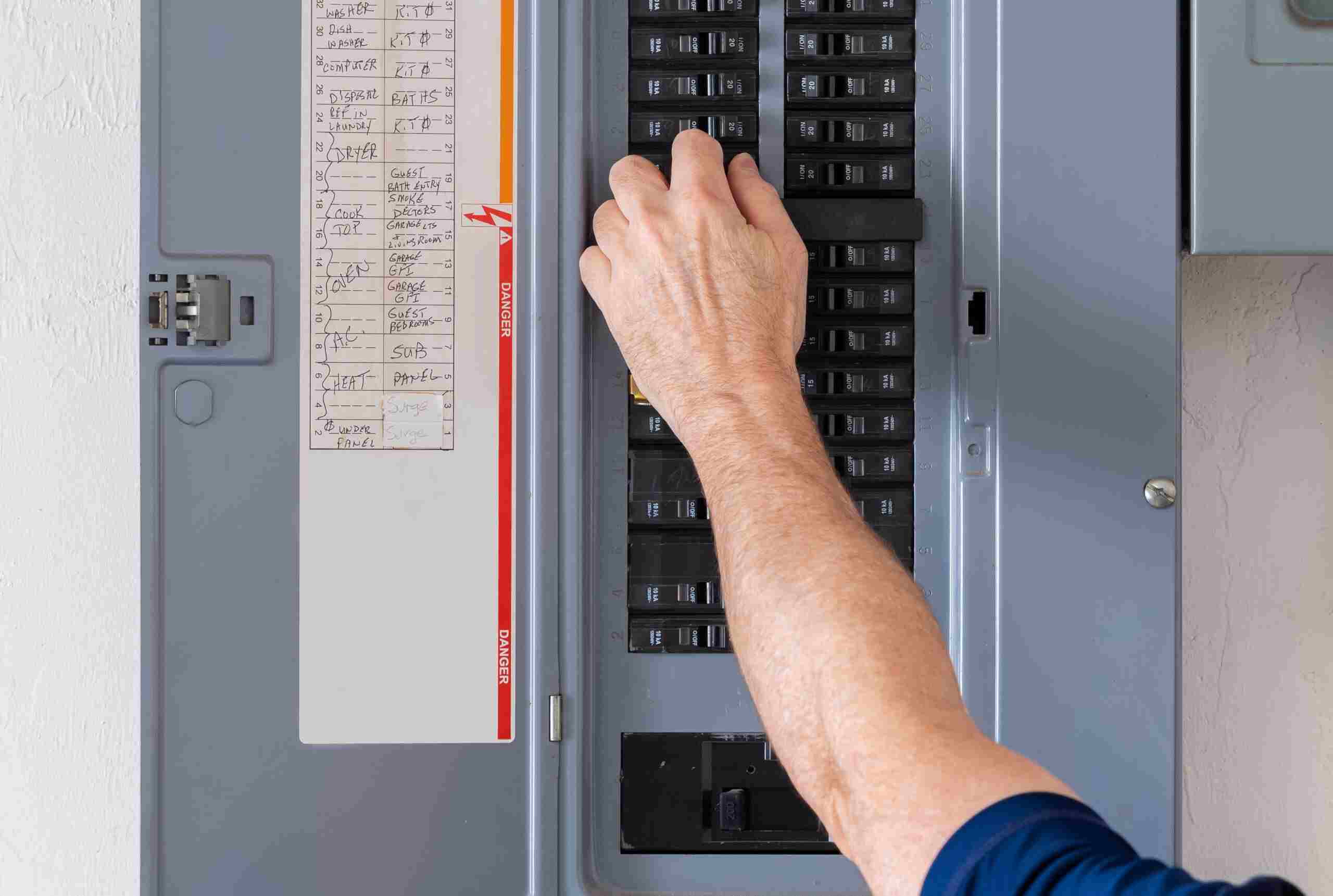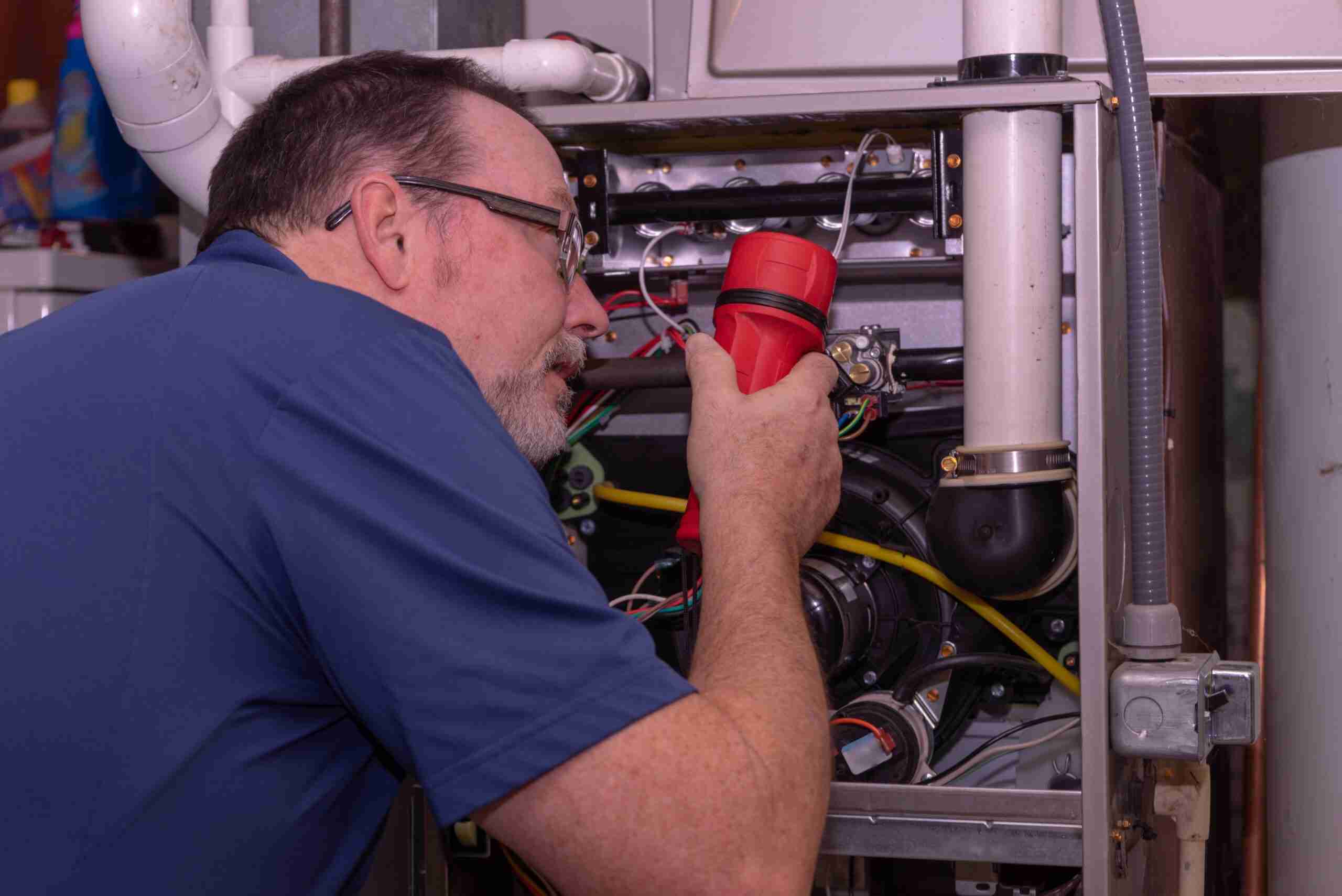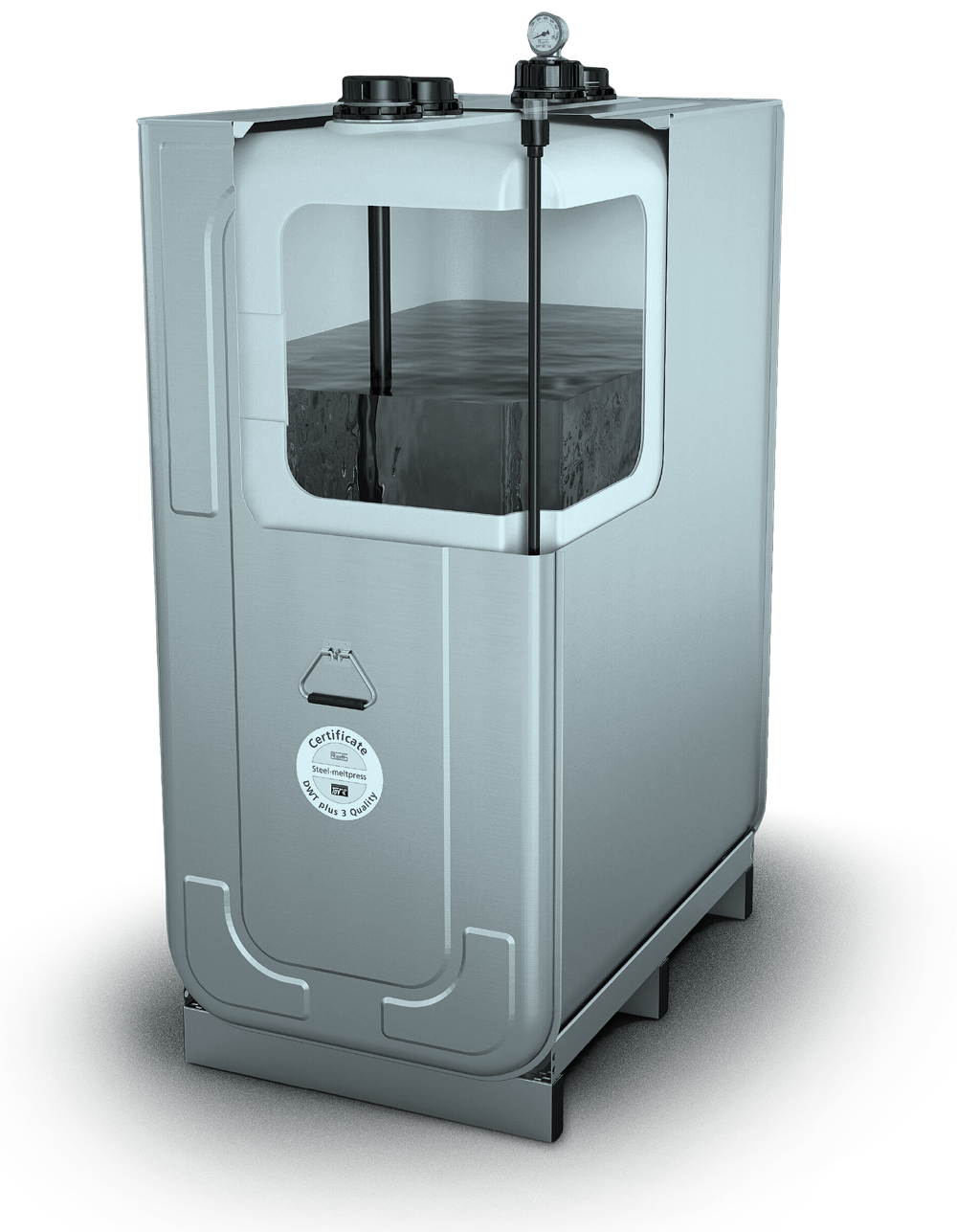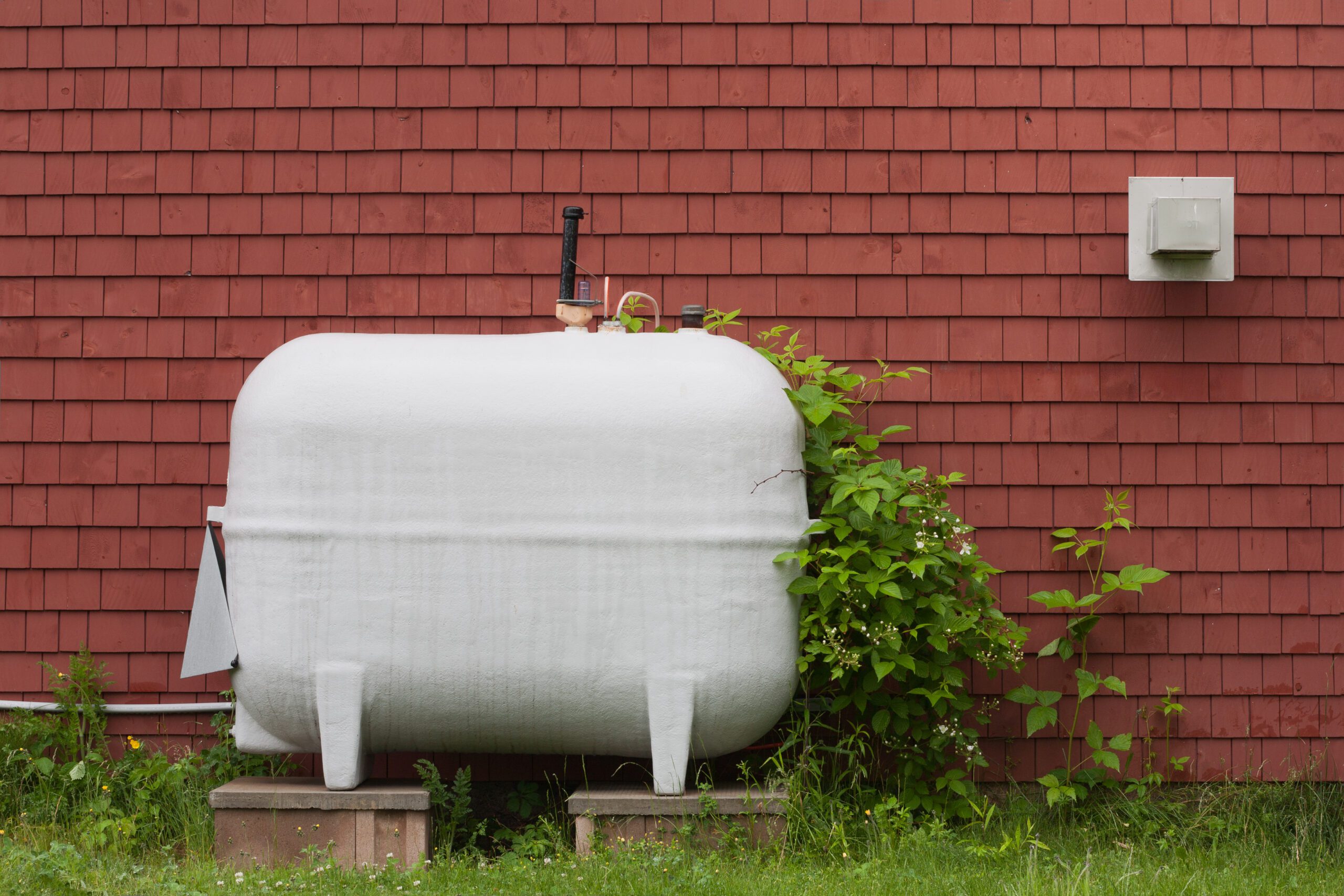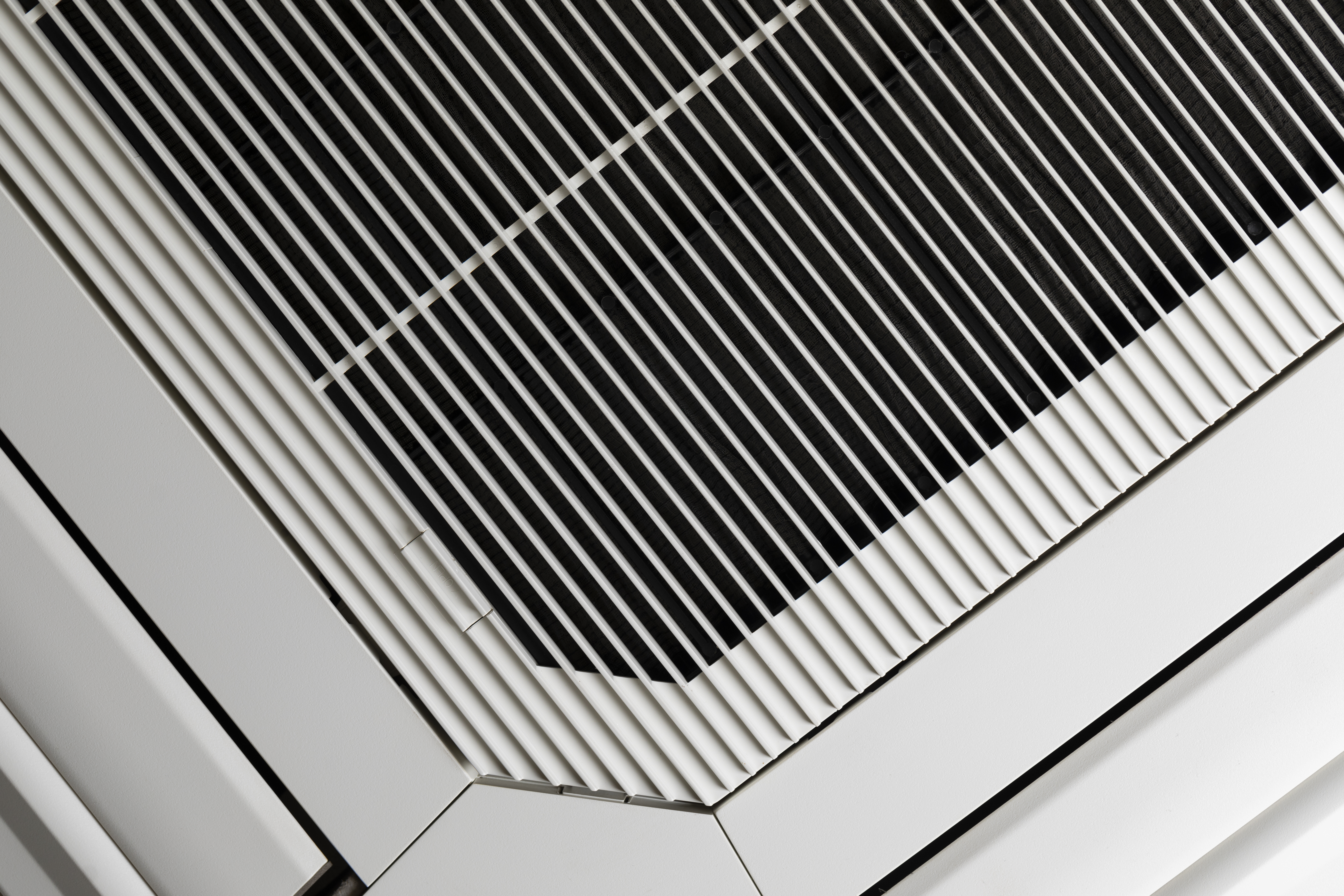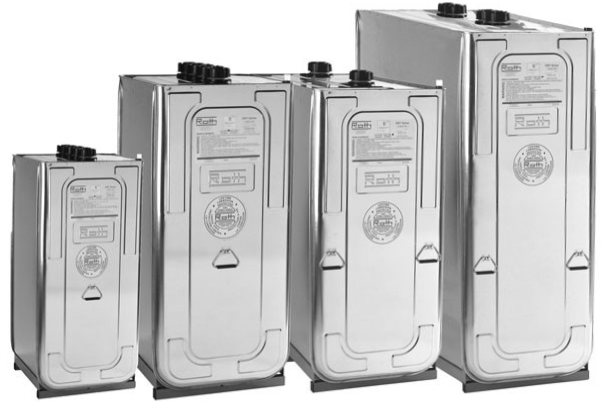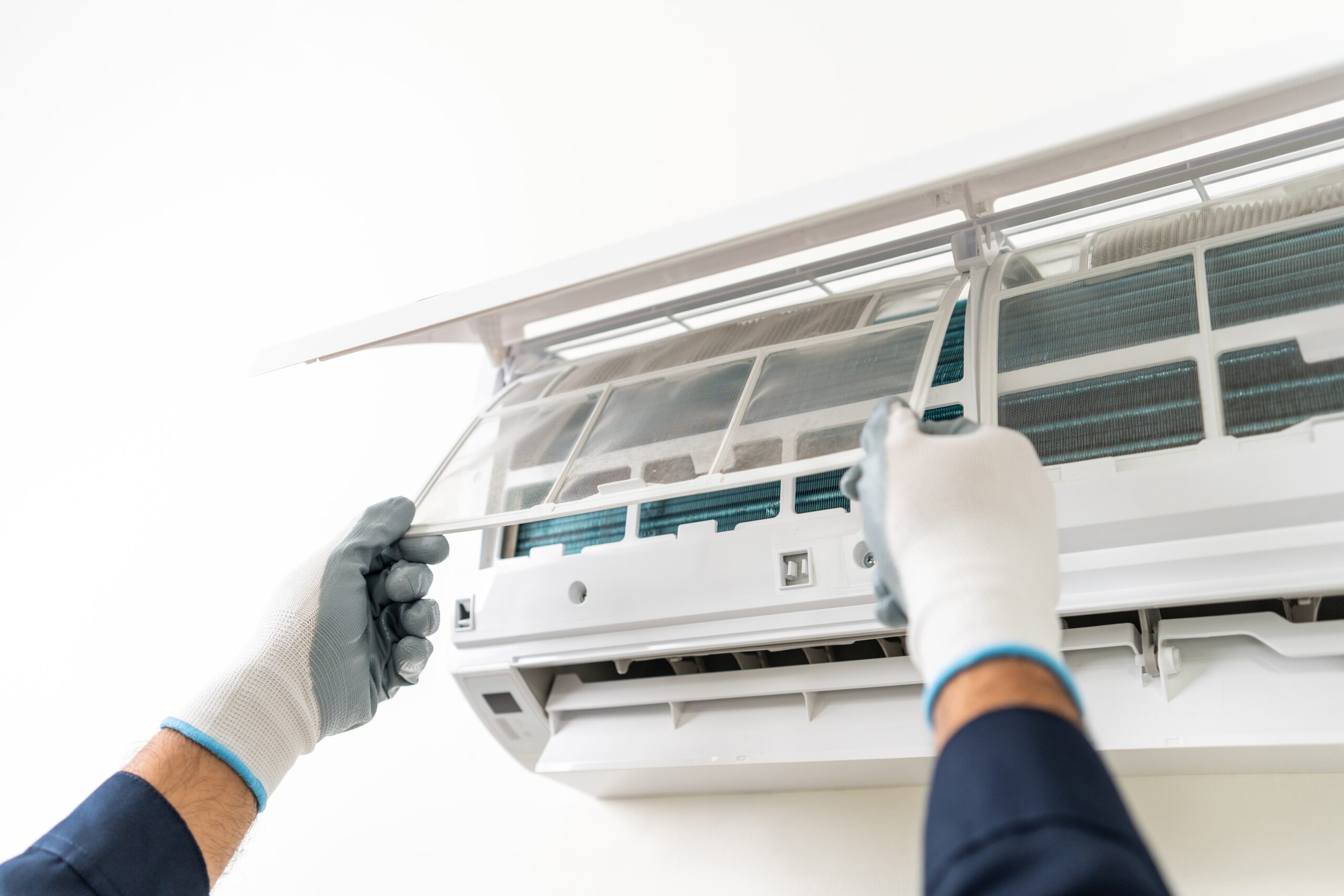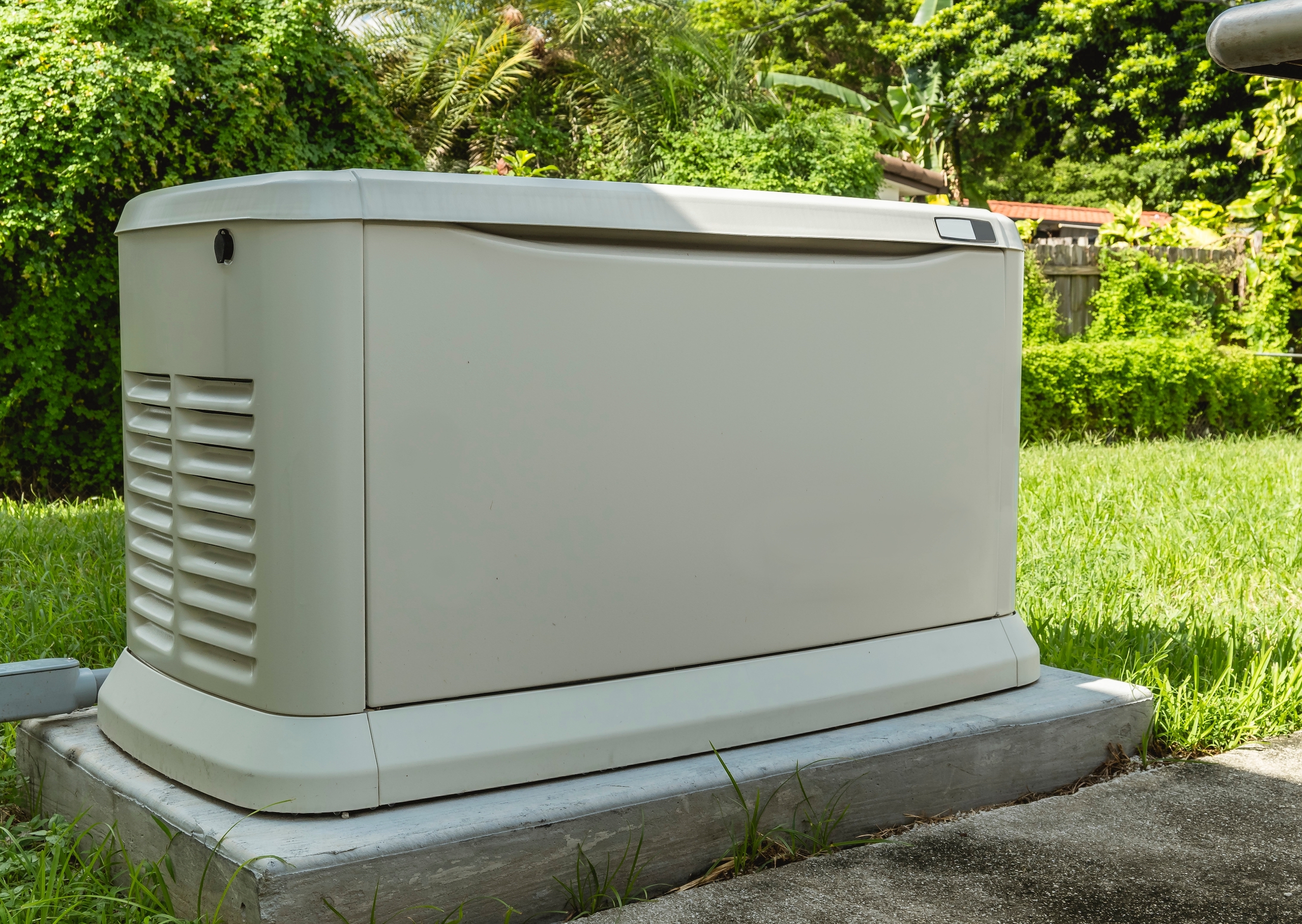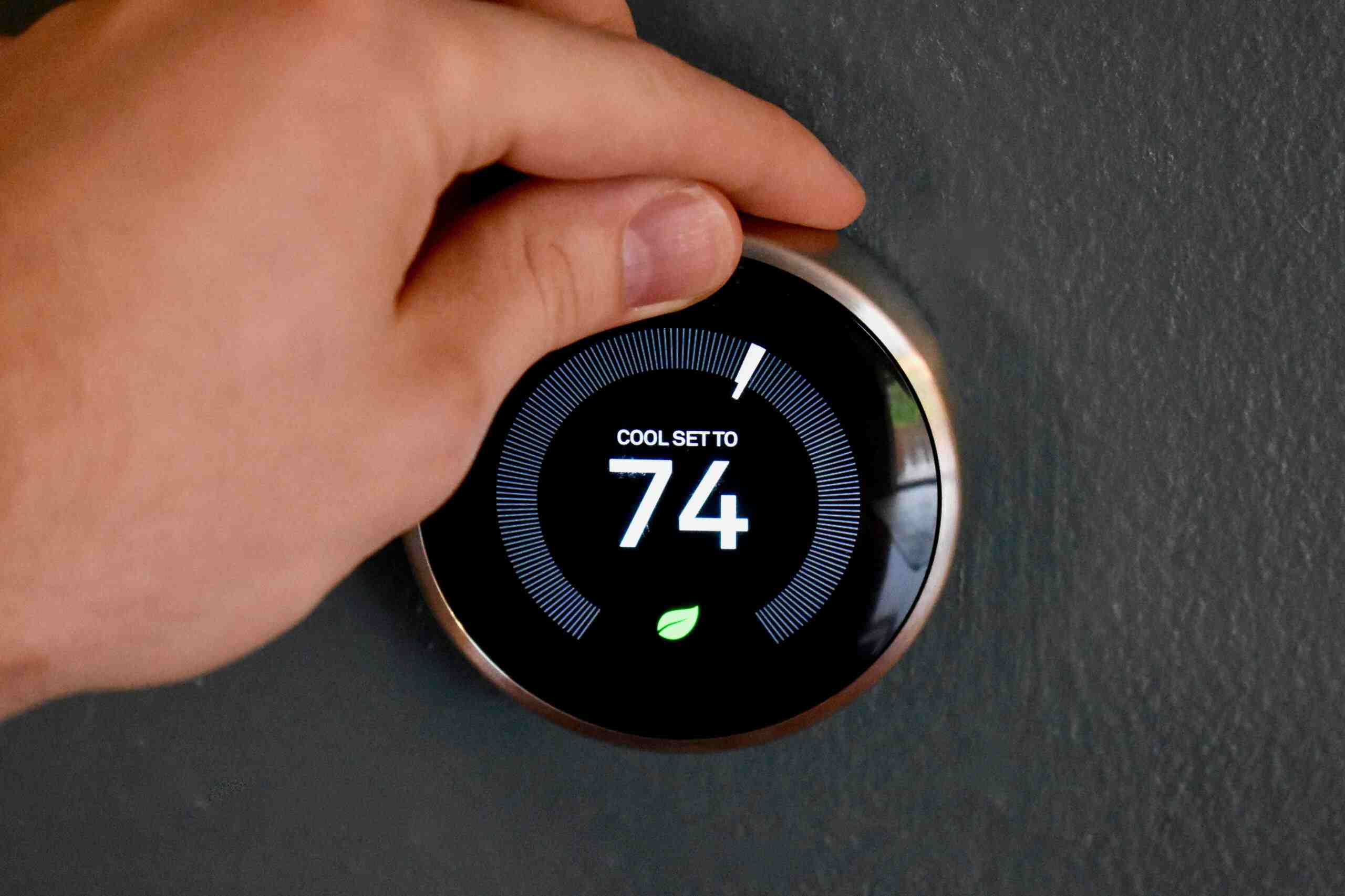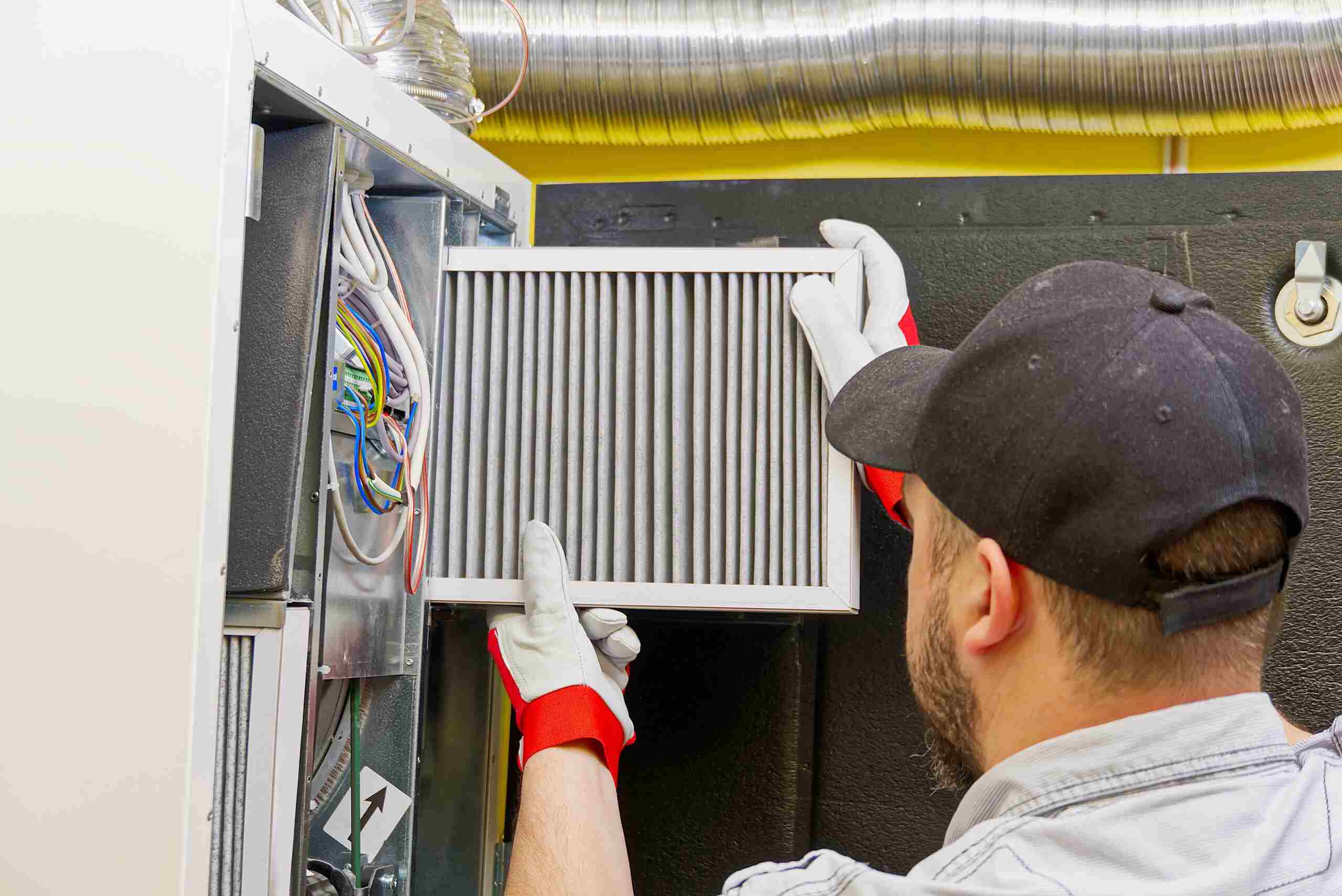Most Recent Posts
Why Replacing Your Furnace Could Be the Best Decision You Make This Winter
In mid- to late-December, it’s very common for homeowners to think about their heating systems in preparation for colder months ahead. While regular maintenance and repairs can help keep your furnace running efficiently, there comes a point when furnace replacement becomes necessary. In fact, upgrading…
Don’t Let Winter Break the Bank: 5 Energy Conservation Tips for the Office
As the winter season approaches and temperatures begin to drop, businesses are faced with the challenge of keeping their offices warm while also trying to conserve energy and lower utility costs. What’s more, energy conservation has become a top priority for many companies. Not only…
Take the Guesswork out of Heating: Determining the Proper Furnace Size for Your Connecticut Home
As winter approaches and temperatures continue to drop, it's important to ensure that your heating system is up to the task of keeping you and your family warm and cozy. One of the key factors in determining the efficiency and effectiveness of your furnace is…
Prepare for Winter Outages with Generator Maintenance
As fall temperatures continue to drop, it's a clear sign that winter is just around the corner. While many people may be busy preparing for holiday festivities and cozy nights by the fire, it's important not to forget about the potential power outages that often…
The Top 5 Reasons to Use a Dual Fuel Heat Pump to Heat Your Home
As the colder months approach, many homeowners are starting to think about ways to keep their homes warm and comfortable without breaking the bank. One option that has been gaining popularity in recent years is the use of a dual fuel heat pump. This innovative…
Fuel Your Bottom Line: Implementing Biofuels in Commercial Heating
In today's world, it is becoming increasingly important for businesses to consider the impact of their operations on the environment. One area that can have a significant effect on both the bottom line and the planet is commercial heating. Traditional fossil fuels used in heating…
Why Your Winter Laundry Load is Stuck with a Cold Dryer
As the temperatures drop and the winter season sets in, it's not uncommon to encounter some unexpected challenges around the house. One of the most frustrating issues that can arise is a dryer not heating properly. Not only does this disrupt our daily routines, but…
Is Your Furnace Guilty of Stealing Your Hard-Earned Money?
Are you experiencing sky-high energy bills despite not using any more electricity than usual? If so, your furnace may be to blame. With the winter months bringing colder temperatures and more frequent use of your heating system, it’s important to make sure your furnace is…
Revolutionizing Your Oil Storage with Roth Oil Tanks
Roth oil tanks are known for their superior quality and impressive features, making them one of the most popular oil storage solutions on the market. In this blog, we'll discuss everything you need to know about Roth oil tanks, including their features, benefits, and installation…
Don’t Get Stuck with Dirty Filters: The Ultimate Oil Tank Filter Guide
Are you looking for an innovative way to keep your oil tank clean and its filters in top condition? Look no further! In this guide, you'll learn everything you need to know about maintaining the performance of your oil tank's filters. We'll cover how to…
Repairing Vs. Replacing Your HVAC: What You Need to Know
When it comes to maintaining a comfortable home in Connecticut, your heating, ventilation, and air conditioning system (HVAC) is a crucial component. Having a properly functioning HVAC is not only essential for your own comfort, but can also lead to energy savings. Deciding whether you…
Embrace the Summer with Propane: Discover Its Versatile Applications for Connecticut Homeowners
Propane, also known as liquid propane gas (LPG), is a flammable liquid that is derived from natural gas and petroleum. It is a highly efficient, economical, and clean-burning energy source that provides many benefits to businesses and homeowners. Propane also has a low carbon dioxide…
Get Double Protection with Roth’s Double-Walled Oil Tank
As a homeowner, replacing your oil tank might not be the most thrilling project on your to-do list. However, it is crucial to recognize that an oil tank is one of the most vital components in your home's heating system. Traditional steel oil tanks can…
Smart Thermostats: Changing How We Make Our Homes Comfortable
In today's fast-paced, energy-conscious world, finding ways to reduce energy consumption and save on monthly utility bills has become a top priority for homeowners. The rise of smart thermostats is revolutionizing how we heat and cool our homes, making them more comfortable and energy-efficient than…
Ready, Set, Spring! Is Your Home Ready?
Spring is a time of renewal and fresh beginnings, and your home is no exception. As the weather warms up and the days grow longer, it's important to make sure your home is ready to embrace the new season. We've put together a comprehensive list…
The Limitless Possibilities of Propane
Propane has long been recognized as a reliable and clean-burning fuel, but it offers so much more than just home heating. With its myriad applications, both indoors and outdoors, propane has become a versatile and efficient fuel source for homeowners. In this comprehensive guide, we…
Heating innovation is at your fingertips!
Gone are the days of your father's furnace. The heating industry has experienced a radical transformation in recent years, with significant advancements in energy efficiency and environmental impact. In the past, conventional furnaces were notorious for their inefficiency and high energy consumption, with up to…
The Ultimate Guide to Home Insulation: Maximize Energy Efficiency and Minimize Monthly Costs
Home insulation is a crucial aspect of maintaining a comfortable, energy-efficient living environment. With proper insulation, you can enjoy constant indoor temperatures, prevent icicle formations and ice dams in the winter, reduce your environmental impact, and save on heating and cooling costs. The Department of…
Save Energy While Spending More Time at Home
As we continue to spend more time at home in these uncertain times, our home energy consumption has increased significantly. With children and other family members at home, it's natural to worry about the potential spike in utility bills. To help you decrease your energy…
